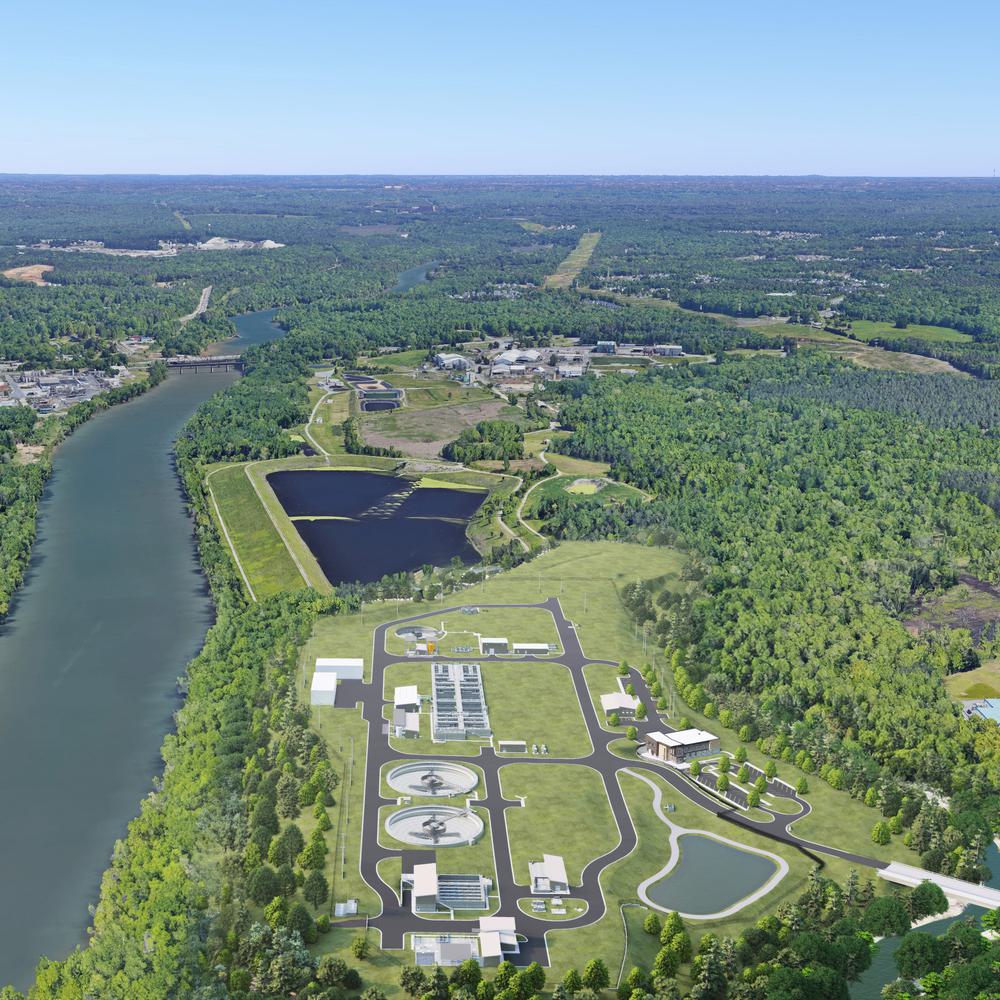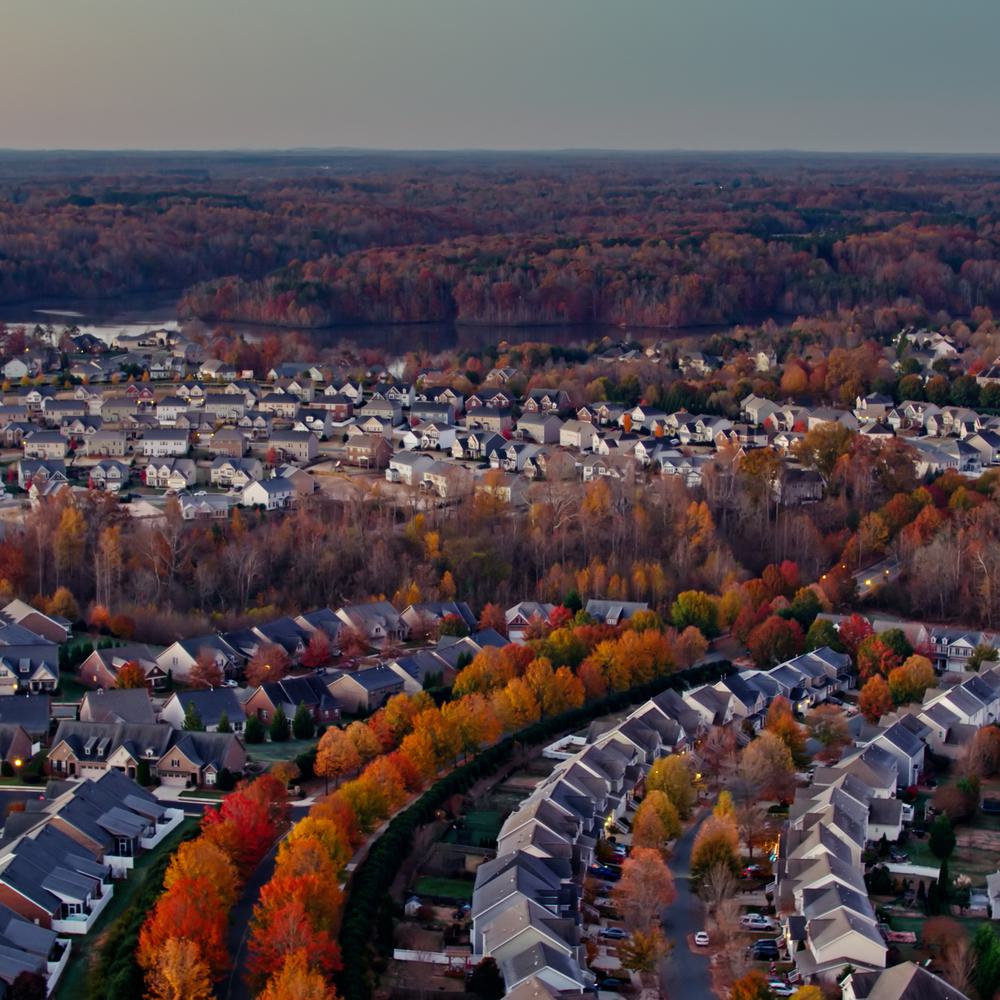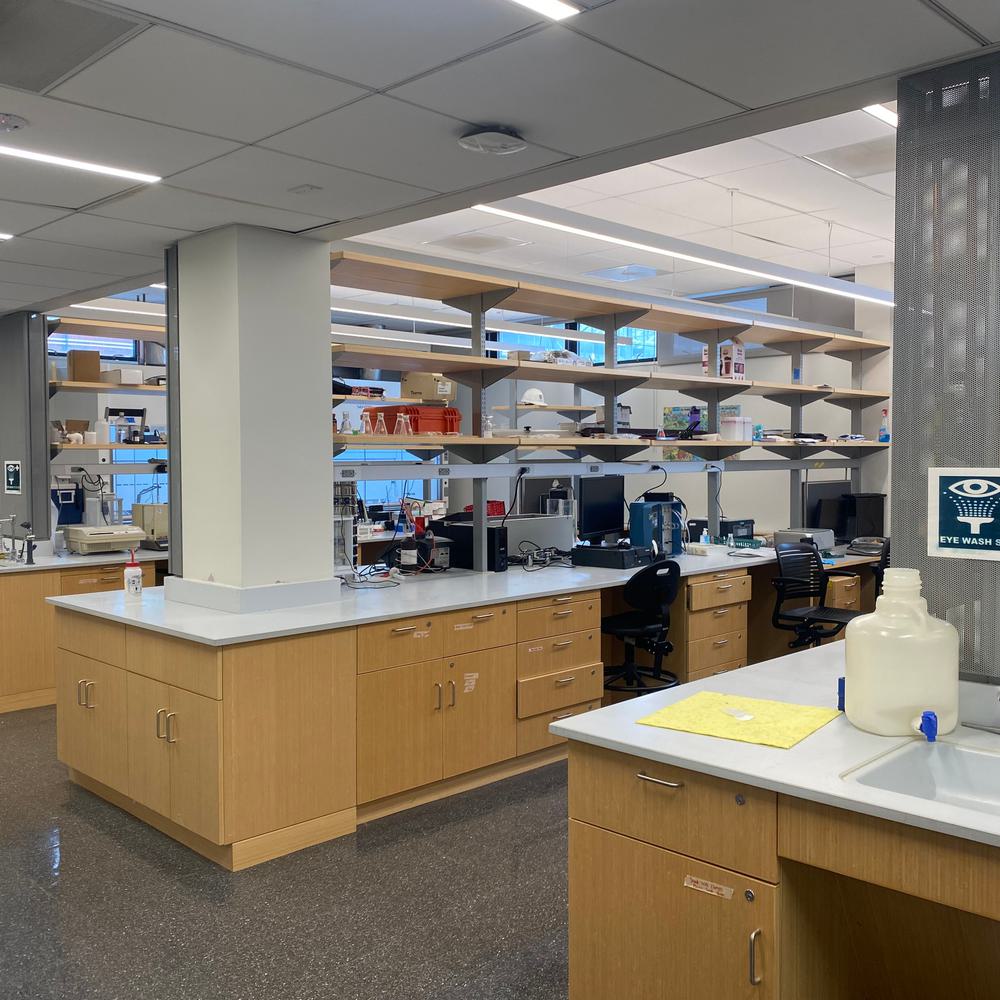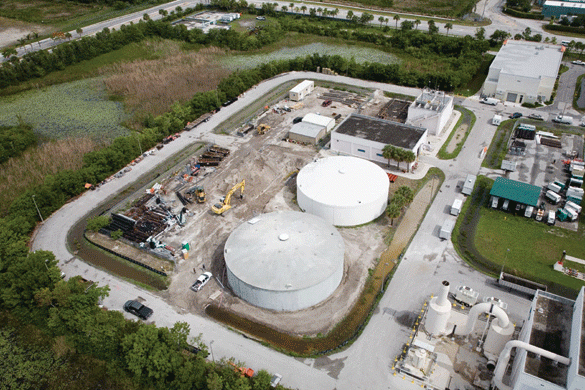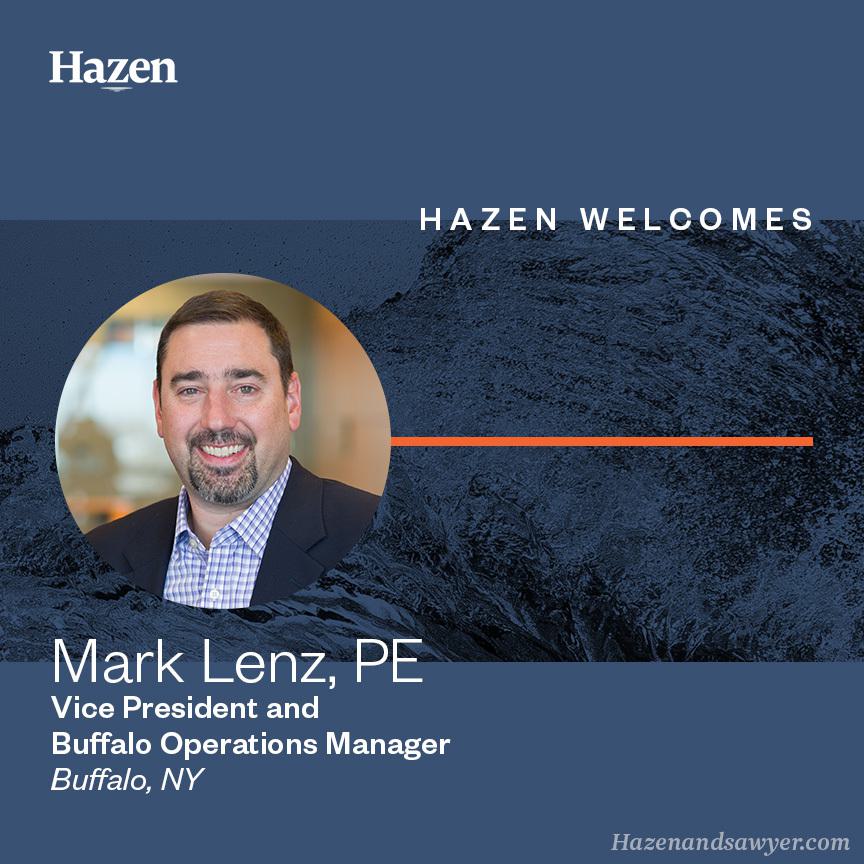Bogotá River Environmental Restoration Project: Upgrade/Expansion of Salitre WWTP
As part of an international consortium, Hazen and Sawyer provided preliminary design, specifications, and construction bid documents for the upgrade and expansion of the Salitre Wastewater Treatment Plant in Bogotá, Colombia. Plant improvements have reduced wastewater pollution and improved water quality in the middle basin of the Bogotá River.
The Salitre Wastewater Treatment Plant, located in the north of
Bogotá, had an average design flow of 4 m3/s and provides
chemically-assisted primary treatment. The Bogotá Wastewater Master Plan
called for the upgrading and expansion of the Salitre Plant to a 7 m3/s
secondary plant.
Commissioned in 2000, the Salitre plant is operated by the Empresa de Aqueducto y Alcantarillado de Bogotá (EAAB), which is wholly owned by the Bogotá District Government. In 2010, the World Bank and the Colombian government approved a loan to the Corporación Autónoma Regional de Cundinamarca (CAR) - the regional environmental authority - to help finance the Salitre project.
Our Work
Hazen helped design (approximately 30% of overall design effort) the basic treatment process, specifying the design criteria and key equipment, and providing a general plant layout. The preliminary design serves as the technical basis for the contract bidding documents.

The average design flow is 7 m3/s with peak dry hourly flow of 14 m3/s, and a wet weather maximum flow of 26 m3/s. A key design consideration was how to incorporate the existing 4 m3/s primary plant into a much larger 7 m3/s secondary treatment plant, particularly taking into account hydraulic profile constraints. A unique design feature of the plant is the use of two head-works; the new head works will accommodate dry weather flows, while the existing head works will employed during wet weather conditions. All other aspects of the preliminary design utilize standard technologies and engineering approaches.
The activated sludge process will be utilized for biological treatment. The aeration basins will have an anoxic selector zone and aerobic zones with a total detention time of about 5 hours. A fine bubble diffuser system will provide high-efficiency oxygen transfer in the aerobic zones. Dissolved oxygen levels will be monitored in the aerobic zones to optimize performance and minimize electrical power consumption of the aeration blower system.
Thickened primary sludge and waste activated solids will be stabilized in mesophilic anaerobic digesters. The dewatered solids will be discharged into trucks and hauled by the Owner to disposal sites in accordance with approved environmental practices.
Methane gas produced in the digesters will be used as fuel to generate in-plant electricity in the new cogeneration works. New on-site gas storage spheres will be sized for 3 days operation in the event of an extended electrical power outage. Electrical generation capacity with high efficiency generators is 6,000 KW plus a standby unit.
Liquid hypochlorite receiving, dilution, storage and pumping works will be provided to feed chlorine solution to the new disinfection contact tanks. An effluent pump station will be installed at the discharge structure to lift final effluent when the Rio Bogota water levels are high.
Additional buildings will be provided to house the new control center, administrative, operational and maintenance functions and personnel facilities. The process control and information management system will be upgraded to include existing and new facilities.
Project Outcomes and Benefits
- Part of the Bogotá River Environmental Restoration Project, this work will reduce wastewater pollution and improve water quality in the middle basin of the Bogotá River.
- Project will transform existing 4 m3/s primary plant into a much larger 7 m3/s secondary treatment plant, overcoming hydraulic profile constraints with innovative use of second headworks.
- Methane gas produced in the digesters will be used as fuel to generate in-plant electricity in the new cogeneration works.
